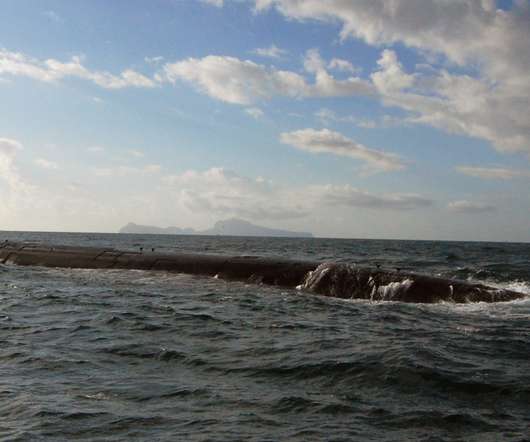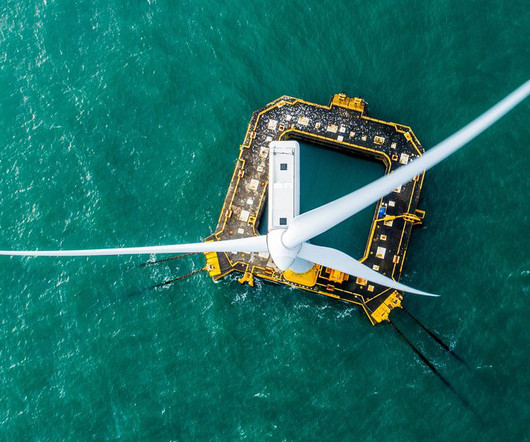Sure, China’s Hypersonic Weapons May Have Incited a “Sputnik Moment”
Cars That Think
OCTOBER 28, 2021
In the 1960s the United States and the Soviet Union both experimented with the technology. The Chinese have pushed the technology just as hard , and with far more funding. The Russians and the Chinese now have tactical missiles, ready for use, that can do quite a lot while packing nothing more powerful than high explosives.













Let's personalize your content